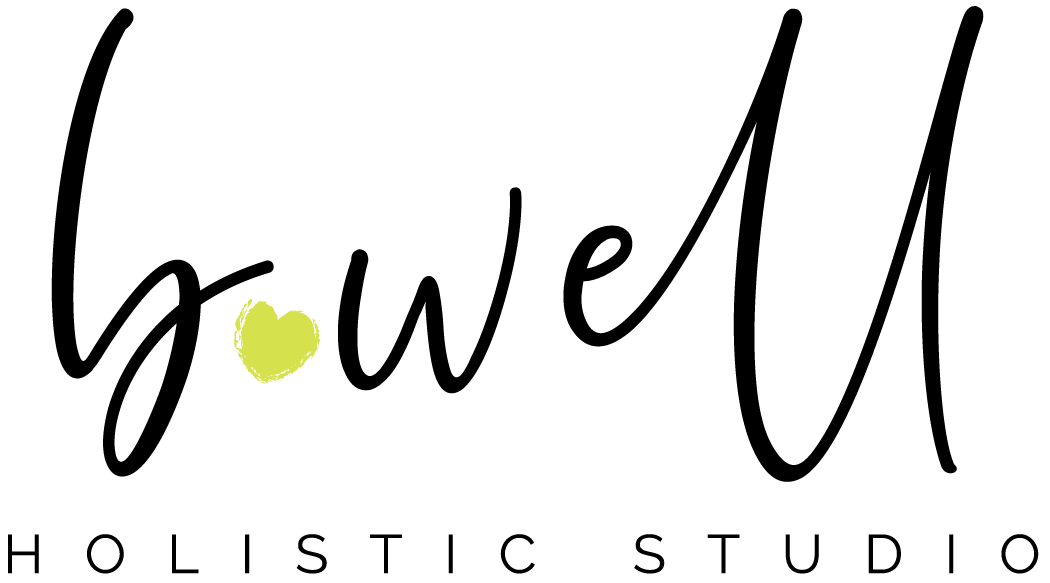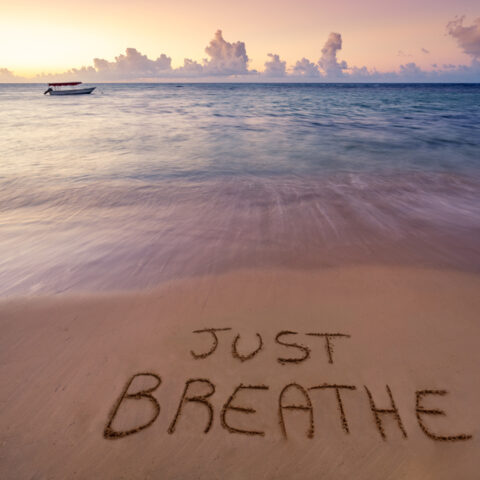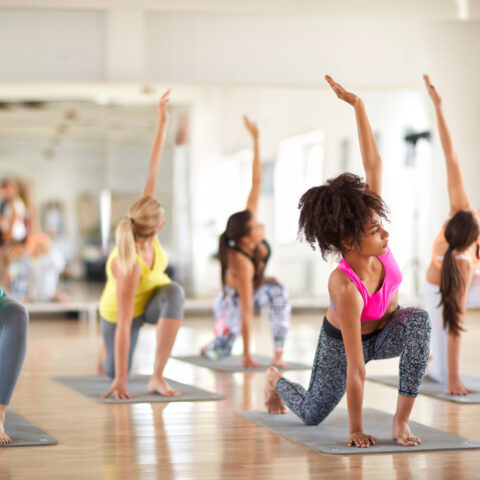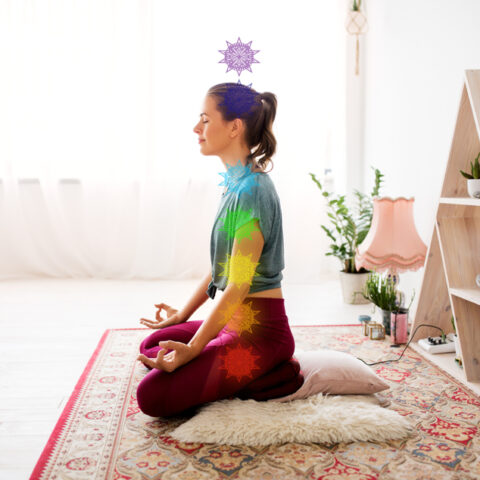Yoga philosophy has been around for centuries, offering dedicated practitioners insights into inner peace, calmness, and connection. Today modern yogis and beyond, many have become fascinated with what ancient yogis knew and practiced. One system that has shown the world much wisdom, is the chakra system.
But First,What Exactly are Chakras?
Chakras are energy centres in the core of our bodies that determine how we take in, read, store, and express information (aka energy), according to yoga philosophy. There are 7 main chakras that run from the base of our spines to just above the crown (top) of our heads. These energy centres can determine and assist in managing physical, emotional, and spiritual imbalances (the information we take in).
Think of the chakras like a road map to help you better understand yourself. Each chakra is associated with a different colour, sound, element, time of life, and emotions. These associations can help direct you on where to look in the body for imbalances, certain areas (such as relationships or finances) or times of your life.
The idea is to “balance” each chakra individually, as well as the chakra system as a whole not only to help you understand yourself better, but also to heal. It’s said that balancing the chakras helps to connect with the divine within and universal consicous which can create harmony in the body, mind, and soul.
Let’s introduce you to the basics of each chakra and how imbalances can manifest or show up in your day-to-day life. Remember to think of the charka system as a whole, as each chakra builds on top of the next.
Root Chakra (Muladhara)
The first chakra, which in English is called the root chakra, but is called Muladhara in Sanskrit (one of the ancient languages used in yoga) is located at the base of the spine. It is right at the pelvic floor, and engaging this area of the body can bring your focus to this chakra.
The colour red is associated with the root chakra and the element of Earth. Think of the root chakra as your foundation, the soil that holds everything together in order to grow. Your safety, security, and your basic survival needs feed this chakra and how balanced it is. Without feeling safe, secure, and like you’re taken care of physically, you will not feel stable.
Signs of a imbalance here can look like shutting down and avoiding things that keep you secure such as taking care of your finances, eating a healthy diet, or moving your body for your mental health. But it can also be unbalanced in the opposite direction when you take in too much. This could look like overeating in order to feel more grounded, holding onto money, not being able to share well, or constantly looking to outside sources for answers or help.
In order to balance this chakra, take a look at how secure you feel in your life. Is there something you could do to help you feel more secure or taken care of?
Sacral Chakra (Svadhisthana)
The second, sacral chakra or Svadhisthana is the chakra most commonly connected to sex and creativity. But I invite you to see this energy centre as your centre for feeling. The pelvic bowl, the area of the lower belly is where this chakra resides in the body, and is associated with the colour orange and the element of water.
Just like water is fluid and moves easily, emotions (feelings) do too. When you don’t allow yourself to feel, to move, or to release, you may become stiff and have trouble regulating your emotions. Or maybe you become very emotional, let your feelings run your life and feel like you’re all over the place.
To help balance this chakra, ask yourself if you’re holding all your emotions in or if you’re letting too many out. How could it feel to express your anger? Your sadness? Or how would it feel to just sit with them, perhaps in meditation?
Solar Plexus Chakra (Manipura)
Manipura, the third chakra that sits at your solar plexus, the centre of your core is a popular chakra. Self-esteem, confidence, self-worth, and power are what rule this energy centre. It’s an area that’s common to feel lacking in and thus one of the reasons why it’s also common to have your body collapse forward in this area, just below the ribs.
Fire and the colour yellow go hand-in-hand here as the flames that build heat create a yellow glow. When out of balance your inner fire is dim and you could go in two directions: control or letting others control you. This can look like having poor boundaries, playing the victim, being dominating over others, and excessive doing.
In order to invite in balance I encourage you to look at your ego. Do you need others for confirmation or approval? Do you let others walk all over you by having poor boundaries and not being able to say no? These provide insight into how your self-esteem and confidence manifest in your actions.
Heart Chakra (Anahata)
Anahata, or the fourth chakra is a favourite for many because of its loving energy. It resides right where you think it does: at the heart centre! This chakra acts as a bridge between the three lower and three upper chakras, and is the connector between our personal, interpersonal and transpersonal relationships.
It’s at this centre where things really begin to come together, but also become less tangible. The element is air, which is appropriate because our chest is an area filled with so much air as we breathe. The colour green is quite calming and easily connects to the emotions of love, generosity, and wholeness, which are highlights of the heart chakra.
When you are unbalanced in this area it could look like being closed down, not having trust in others (or yourself), or isolating yourself. But it could also look like getting attached to people or things very easily, being co-dependent, excessively giving, and wanting attention.
Do you look to others for support before yourself? Or do you self-isolate in order to avoid being hurt? These are key questions to help you determine whether your heart chakra is balanced or not.
Throat Chakra (Vishudda)
Vishudda, or the fifth chakra is often overlooked, but is perhaps one of the easiest ones to identify imbalances in. It sits at the base of your throat, right where you may feel a small “V” shape. The element of space rules this chakra, and the colour blue.
The location of this chakra – the throat – is a big giveaway to the emotions attached to this chakra. Vishudda is all about your voice, communication, speaking your truth, and how you feel about doing so.
Do you tend to shy away from sharing your feelings or speaking up? Or do you tend to dominate conversations or feel the need to share more details than necessary? Just like the sacral (second) chakra is about taking what’s outside the body in, the throat (Vishudda) chakra is about taking what’s inside and sharing it with the outer world.
Balance this chakra by speaking up more, or toning down your voice and opting to listen more.
Third Eye Chakra (Ajna)
The sixth chakra, Ajna, is another famous chakra that resides in the centre of your brain, the spot just above and between your brows. This is the area of the body that loves to overthink and analyze, but also the space that is connected with imagination, dreams, and inspiration.
The colour indigo is associated with the third eye and there’s no element. Instead this energy centre is the commander of all elements. This is the centre in your body where all things come together, where duality dissolves, and reality can merge with your thoughts.
Imbalances here can look like denial, delusion, ignorance, or not being able to reflect. But it can also look like being bombarded with thoughts and information to the point that you may not know what’s true, which can cue overwhelm.
Do you spend time in your own thoughts, or do you rely on knowing more and more to be the truth? Are you able to focus your attention and stay there, or are you easily distracted? Reflect on these questions in order to bring more balance to your mind and third eye chakra.
Crown Chakra (Sahasrara)
Last, but certainly not least is the seventh chakra, Sahasrara. This chakra sits just above the very top of your head and is beyond any elements. It’s pure, white or some even say violet. This chakra transcends us and has the ability to take us beyond our physical bodies.
Sahasrara represents your connection to pure consciousness, a space where there is no limits. This is the chakra that represents your connection to a higher power, if you choose to believe in one. It surpasses our beliefs, desires, and any meaning that you have about anything in your life.
An imbalance here could manifest as a spiritual addiction, not being able to deal in reality, thinking there is only ever one way, not being able to take in new information, or being trapped by your beliefs.
Sit in stillness and look at your life from an outside perspective. If you didn’t have any of the beliefs or judgements that you currently have, and if anything could happen, how would you live? This can bring the final chakra into balance.
Understanding and using the chakras in your everyday life is an on-going practice that you will be able to study for the rest of your life. Do not expect to have answers today, or quickly. Each chakra can be reflected on and returned to again and again in order to find more harmony and peace in your life.
If you loved this article and are wanting to go deeper in to this study, you can do so with support from me, Taylor! I offer discussions, prompts for reflection, and yoga practices in order to balance and tap into each chakra in my private yoga sessions, Sacred Exploration. My method uses a combination of long yin-style holds, hands-on assists, and yogic philosophy to help you marry your inner and outer landscapes so you have less mental turmoil, deeper connection to your thoughts, and less stress. Book your consultation session today.





